
By Our Reporter
Prime Minister KP Sharma Oli's attendance at the Third United Nations Conference on Landlocked Developing Countries (LLDC3) in Turkmenistan provided both an opportunity and a challenge for Nepal's LLDC leadership. As the current Chair, Nepal had the opportunity to set the tone for collective demands, identify the special vulnerabilities of landlocked and mountainous governments, and advocate for tangible solutions that went beyond diplomatic rhetoric.
The LLDCs' predicament is well known in Nepal. The lack of direct sea access continues to result in greater transportation costs, slower trade speed, and exposure to transit nations. The rugged geography, inadequate infrastructure, and vulnerability to climate change all contribute to Nepal's situation. International trade remains dependent on the competence and generosity of its neighbors, and any disruption caused by politics or logistics at the border can have a direct impact on the economy. The Prime Minister acknowledged these structural limits while also projecting LLDCs' natural resource potential to the future of the digital economy.
Oli's central message was that LLDCs are defined not only by their geography, but also by their ability to transform with the appropriate collaborations, technology, and investment. He called for greater political will and a renewed commitment to the Awaza Programme of Action, which promises advances in trade facilitation, connectivity, climate resilience, and technology adoption. He also emphasized Nepal's attempts to collaborate with India and China on connectivity, such as roads, railways, and digital infrastructure, as part of its aim to move from landlocked to land-linked.
Although the speech touched on the correct themes such as connectivity, climate resilience, inclusion, and partnership — the difficulty is to ensure effective follow-up. The meeting served as an opportunity to make measurable pledges rather than statements. In that regard, Nepal's record appears to be patchy. The Prime Minister appointed Nepal to an activist and problem-solving role, however it is unclear whether the country was successful in gaining meaningful commitments for funding or infrastructure projects related to its own requirements.
For example, while the appeal for climate justice and specific support for mountain LLDCs was timely, it is unclear whether it resulted in UNFCCC commitments for special monies or losses and damages. Similarly, stressing trade corridors with neighbors was justified, but gaining actual agreements or deadlines for cross-border rail or digital trade facilitation would have yielded a more effective negotiating outcome.
Nepal's message of inclusion through women's and youth engagement in LLDC activities was forward-thinking, but the lack of a mutually agreed-upon institutional structure inside the LLDC framework makes it more of a vow than a reality.
In essence, Nepal used the conference to portray an objective narrative that balanced problems and potential. As chair, the country was able to advocate for not just itself, but also 32 LLDCs. However, the effectiveness of its outreach will ultimately be determined by what occurs next: whether the Awaza Programme of Action takes traction, whether climate cash reaches mountain LLDCs, and whether transit and connectivity projects go from concept to reality.
If Nepal can keep up the pace in the coming months, encouraging action and uniting partners outside of the conference corridors, it may be able to bridge its diplomatic presence with practical returns. Otherwise, LLDC3 will be another high-profile conference that makes big promises but delivers nothing in practice.







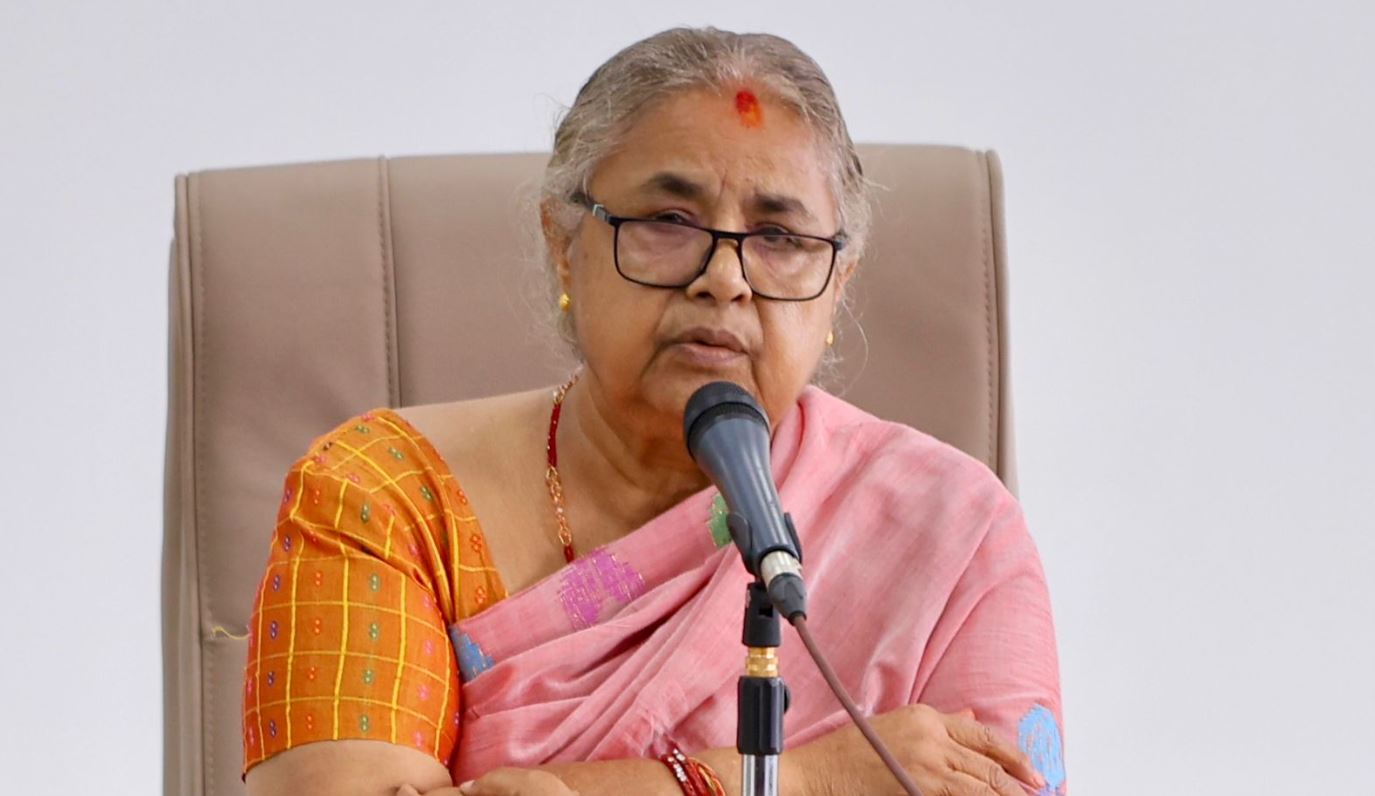
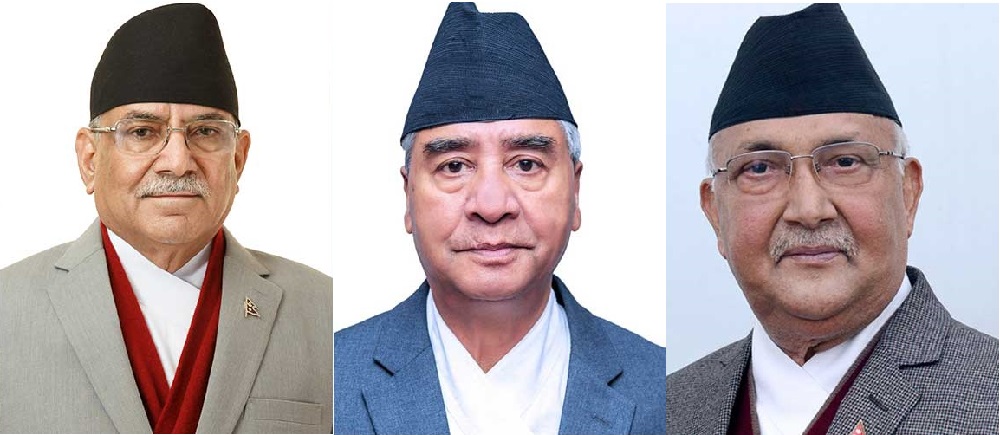
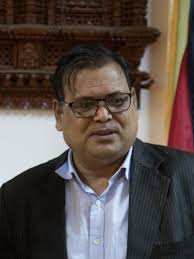

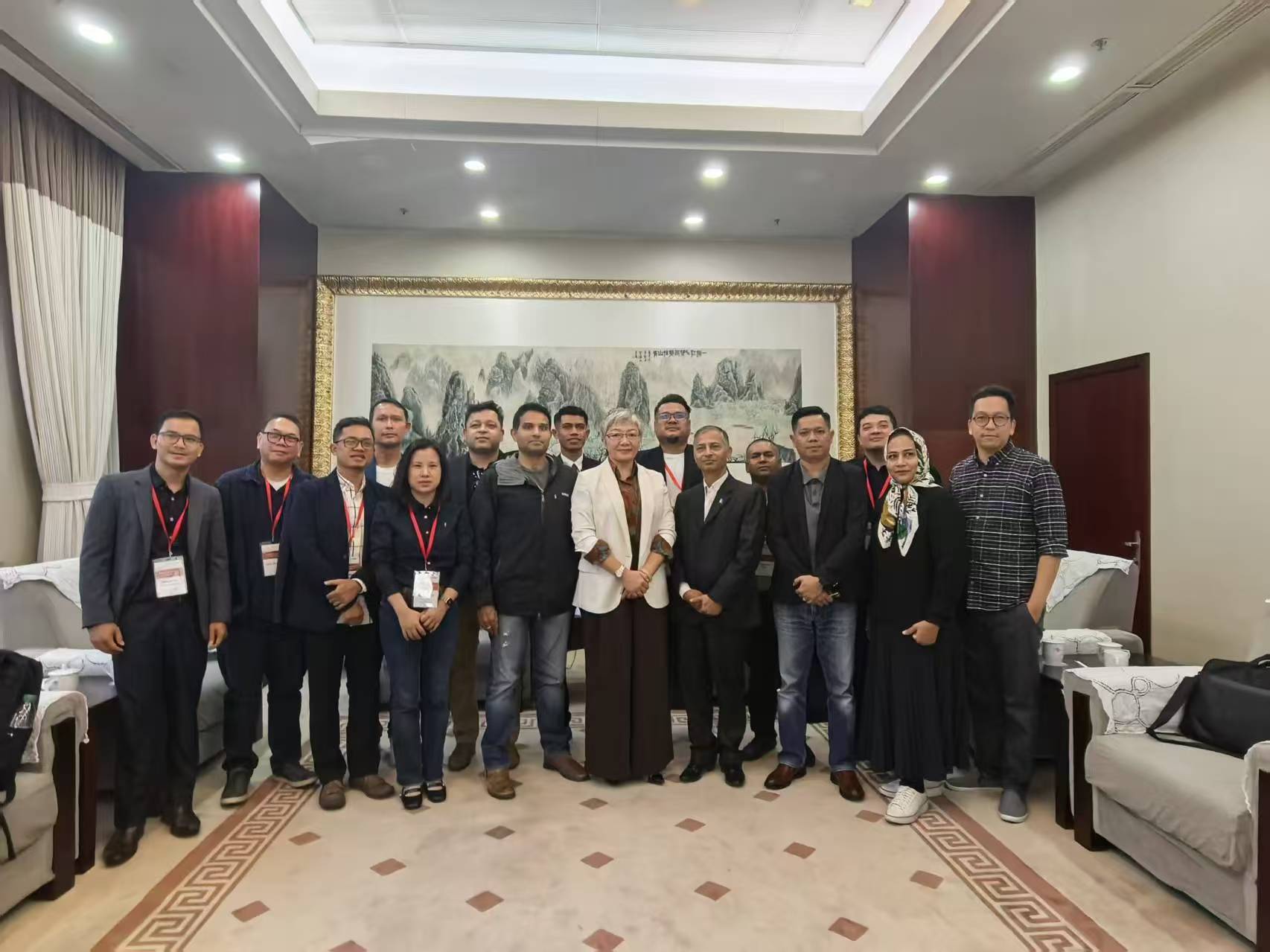



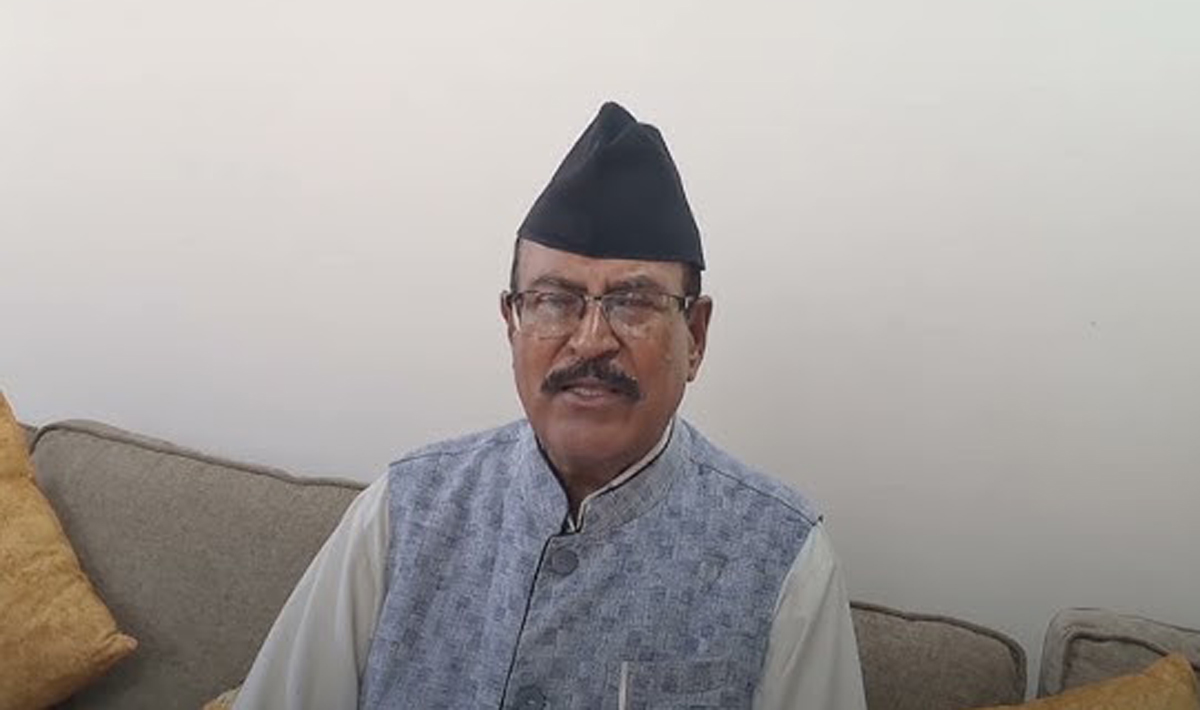
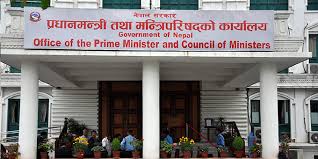
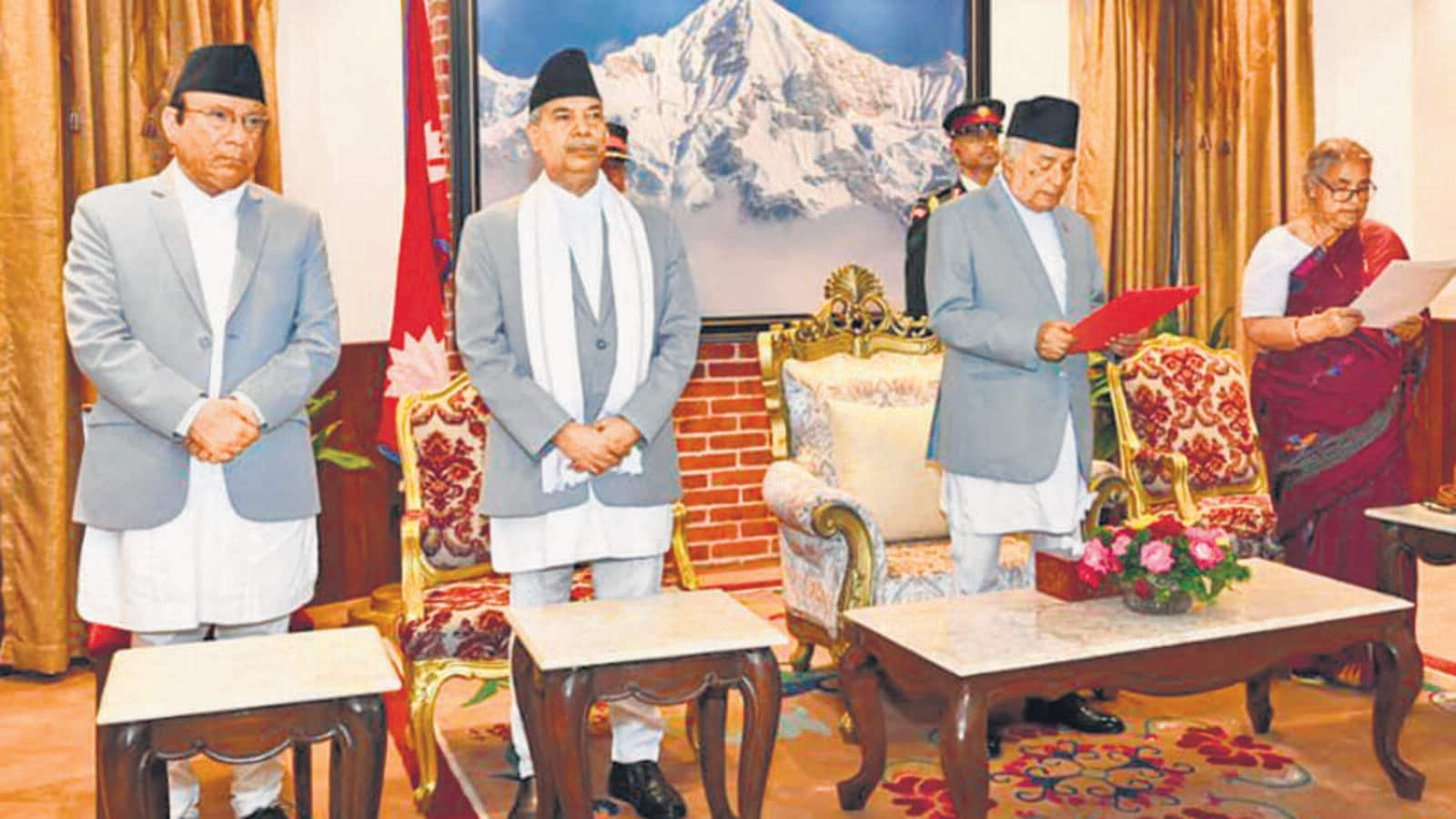
Comments:
Leave a Reply